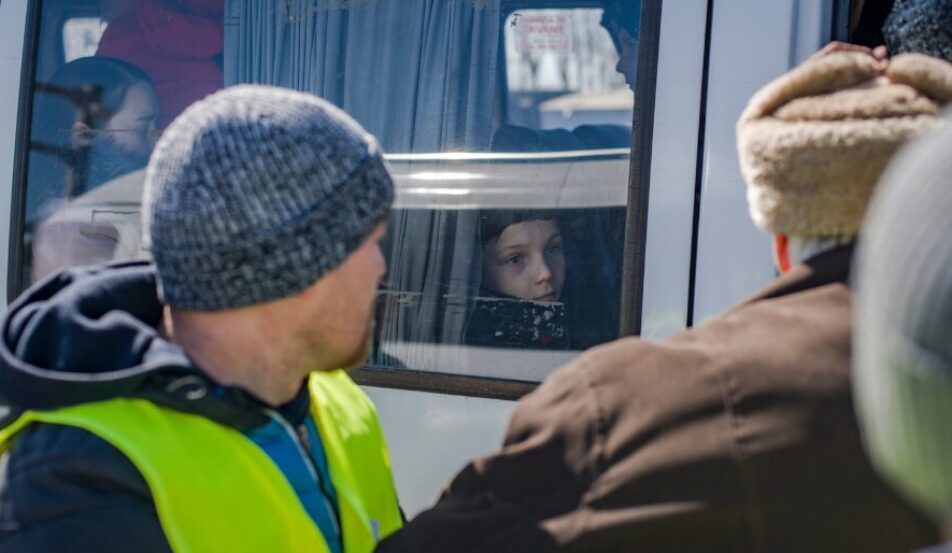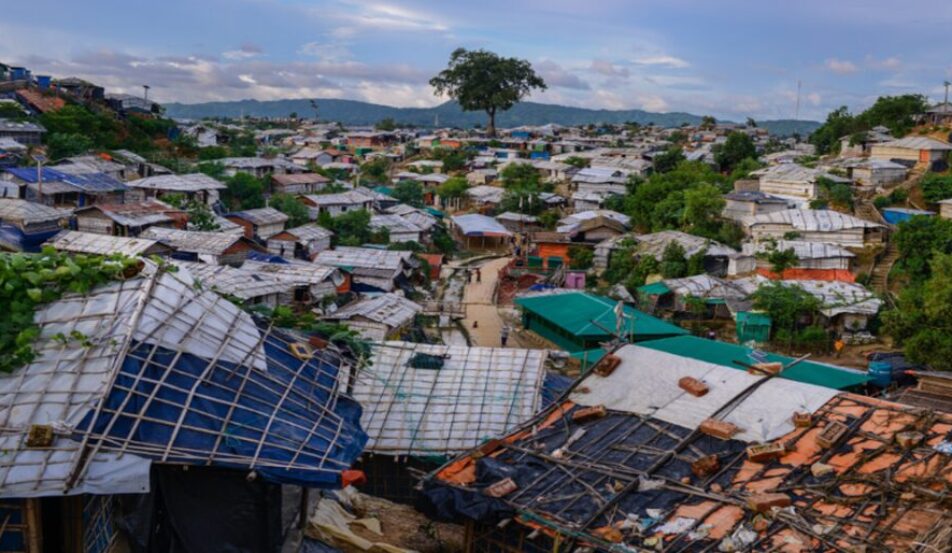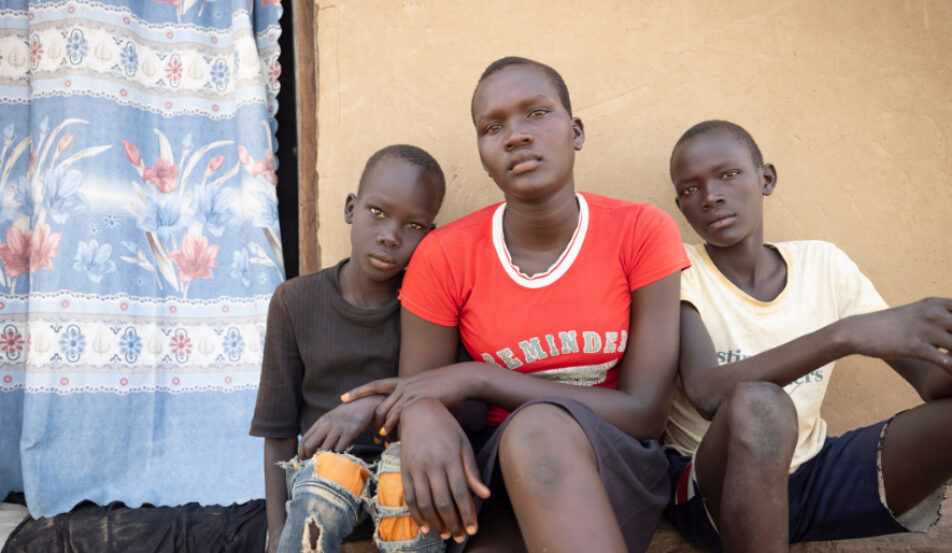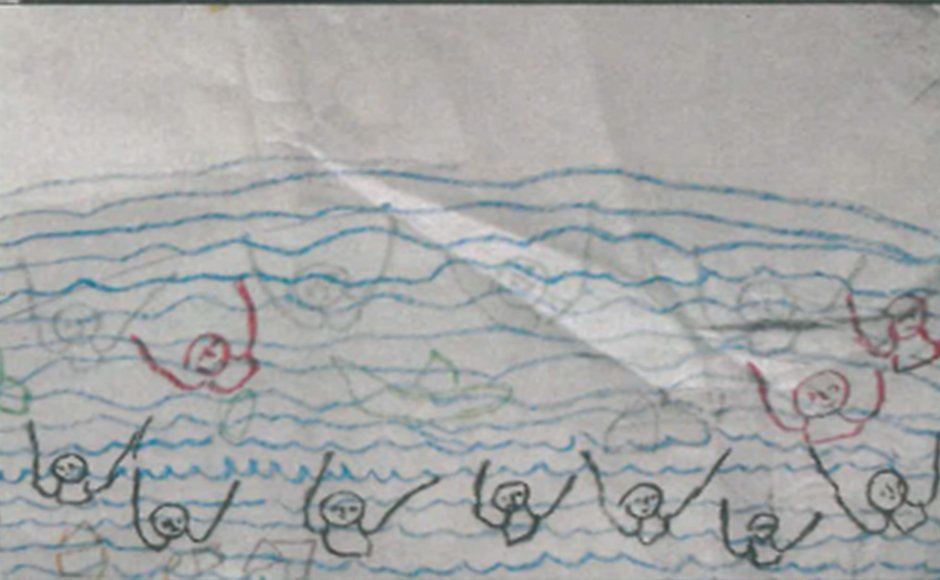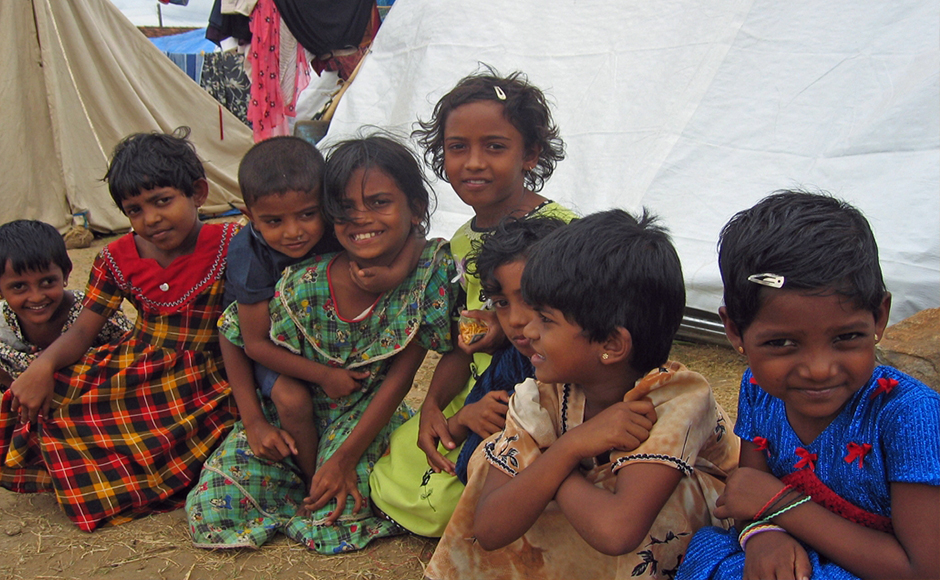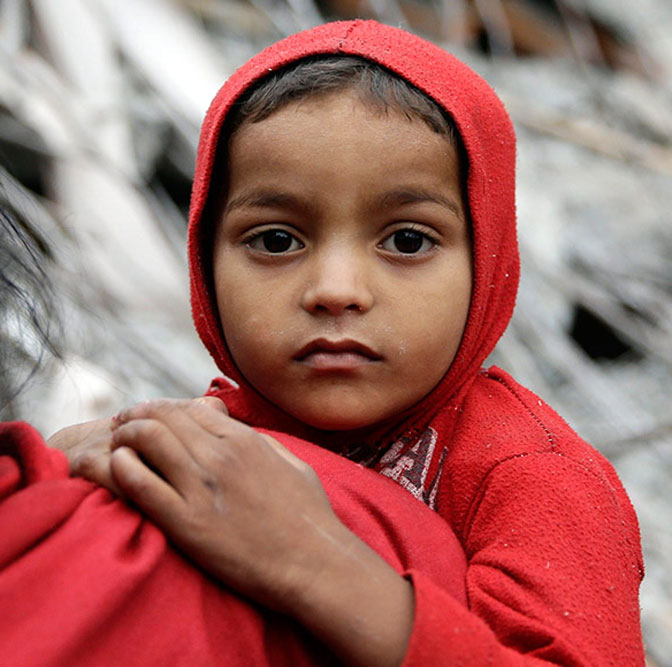Shehan, a nine-year-old boy and eldest son in a Sri Lankan family of five, was interviewed at a ChildFund-supported relief centre soon after the tsunami. Shehan`s father owned a grocery store that was named after him. It was near the sea and was washed away by the tsunami, along with his schoolbooks and clothes.
11-year-old Dulani, from the same southern Sri Lanka community as Shehan, suffered even worse losses. Her younger brother and sister died after their mother lost her grip on the two children after being knocked unconscious by debris. According to a 2005 ChildFund report, Dulani`s wish was to “settle down away from the sea and start life anew”.
A few months later, children were beginning to recover from the trauma. In Sri Lanka, CCS volunteers asked children to draw what had happened, which helped them begin to address the tragedy.
“Earlier in the week this camp was silent,” recalled Kunera Altes, a child protection specialist with ChildFund at the time. “The children were moping about. No one was playing or laughing.”
But with the help of local volunteers and healing activities, children began to play again, wrote Toni Radler, a member of our emergency team. “These drawings, songs and dances are giving the children a way to express themselves €” a way to draw on their childhood resilience and laugh again,” she wrote in 2005. “Laughter, clapping and singing wafted in the breeze.”



